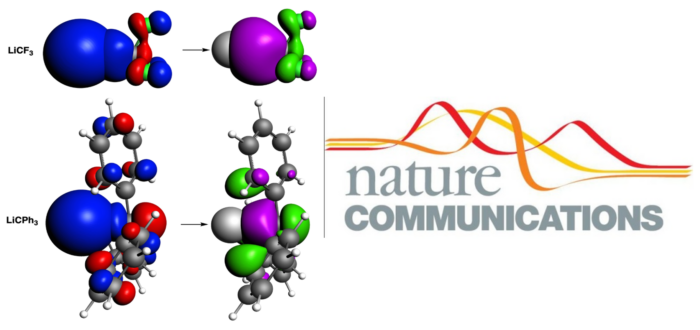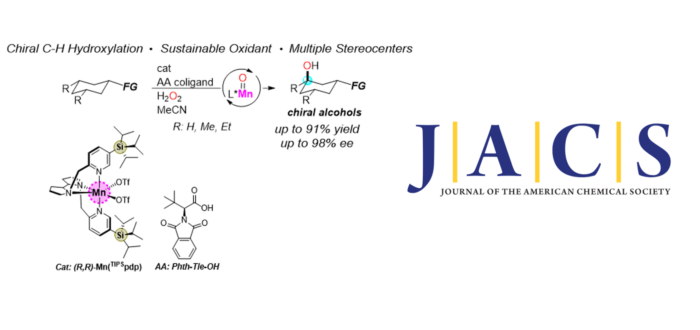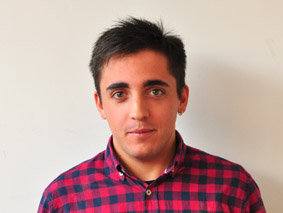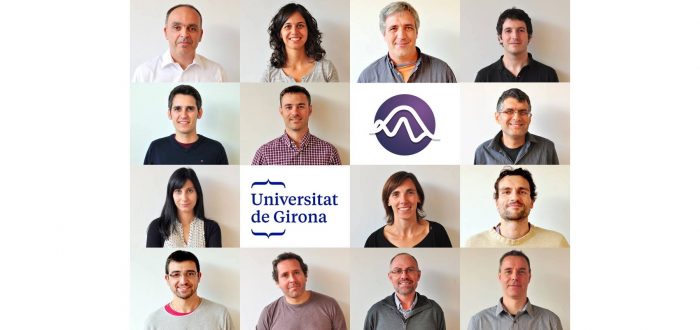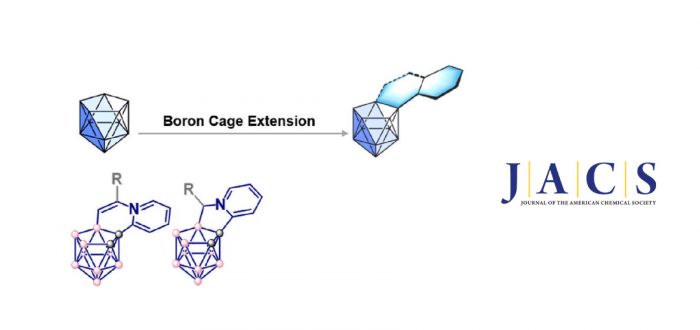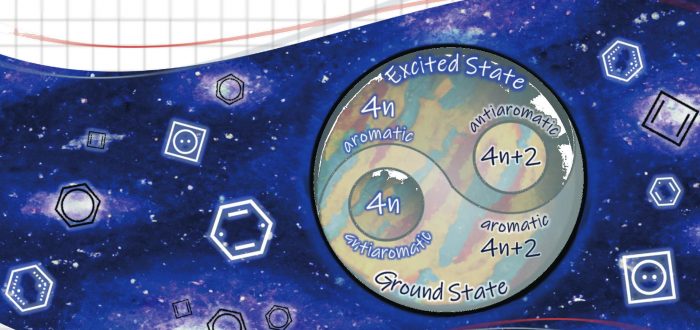Last month (August 27-31, 2023) took place the European Conference on Computational and Theoretical Chemistry 2023 (EuChemS CompChem) in Thessaloniki (Greece). Dr. Anton Stasyuk, postdoc researcher in the Prof. Miquel Solà group, presented a talk titled “Aromaticity controls the photoinduced electron transfer in host-guest complexes of nanohoops”, and won the best oral presentation in the Materials Design session. Congratulations
- sec.iqcc@udg.edu
- +34 972 41 83 57
Category: Miquel Solà news
Recently, Sowlati-Hashjin et al. (Nature Communications 13, 2069 (2022)) concluded that the nature of the Li–C chemical bond in LiCF3 differs significantly from that in LiCPh3 (Ph = phenyl). Whereas the Li–C bond of LiCF3 is classified as a conventional two-center two-electron bond (exchange-correlation interaction collectivity index, ICIXC = 0.910, ICIXC > 0.9 and close
The development of novel strategies to introduce chirality at a molecular level is a longstanding pursuit within the organic chemistry community. The generation of chiral alcohols has an important role for the synthesis of many bioactive molecules, however the asymmetric construction of C-O in an enantioselective manner from C(sp3)-H bond rich and readily available starting
Last 20th April took place the 30 years IQC(C) celebration. This wonderful moment was celebrated by a symposium and get-together in Girona. Schedule (Aula Magna, Science Faculty) 09.30h Opening by Honorific Director Prof. Ramon Carbó-Dorca and ViceRector Research Dr. Maria Pla de Solà-Morales Session 1: Chair: Lorenzo D’Amore 09.50h-10.15h Jordi Mestres – “From Similarity to
Dr. Albert Artigas has recently become a new member of the Institute of Computational Chemistry and Catalysis (IQCC). Dr. Artigas did his PhD at the IQCC/University of Girona on cyclization reactions for the functionalization of fullerenes: Experimental and theoretical studies under the supervision of Prof. Anna Roglans, Prof. Miquel Solà and Dr. Agustí Lledó in
The Institute of Computational Chemistry and Catalysis (IQCC) of the University of Girona (UdG) is a worldwide reference unit in computational chemistry and catalysis that aims at carrying out groundbreaking research on predictive chemistry for catalysis, with special focus on the processes occurring at the confined space for the coming years. One of the pillars
Since 2015 the IQCC is organizing a Science Slam. On Tuesday April 25th the IQCC organizes the seven edition to show the most representative research projects of the Institute to a wide audience. The research carried out within each of the research teams of the IQCC will be briefly summarized by the PIs (2 minutes).
Aromatic polycyclic systems have been extensively utilized as structural subunits for the preparation of various functional molecules. Currently, aromatics-based polycyclic systems are predominantly generated from the extension of two-dimensional (2D) aromatic rings. In contrast, polycyclic compounds based on the extension of three-dimensional (3D) aromatics such as boron clusters are less studied. Here, we report three
The Journal of Physical Organic Chemistry features on its front cover the recently published editorial “Excited-state aromaticity and antiaromaticity special issue”. The first fifty years have passed since Colin Baird’s pioneering paper in 1972 on the aromaticity and antiaromaticity. The cover is designed by Sílvia Escayola. The corresponding editorial was published recently: H. Ottosson, B. Durbeej and
A large number of 2D/2D and 3D/3D aromatic fusions that keep their aromaticity in the fused compounds have been synthesized. In addition, we have previously proven the electronic relationship between the 3D aromaticity of boron hydrides and the 2D aromaticity of PAHs. Here we report the possible existence of 3D/2D aromatic fusions that retain the


